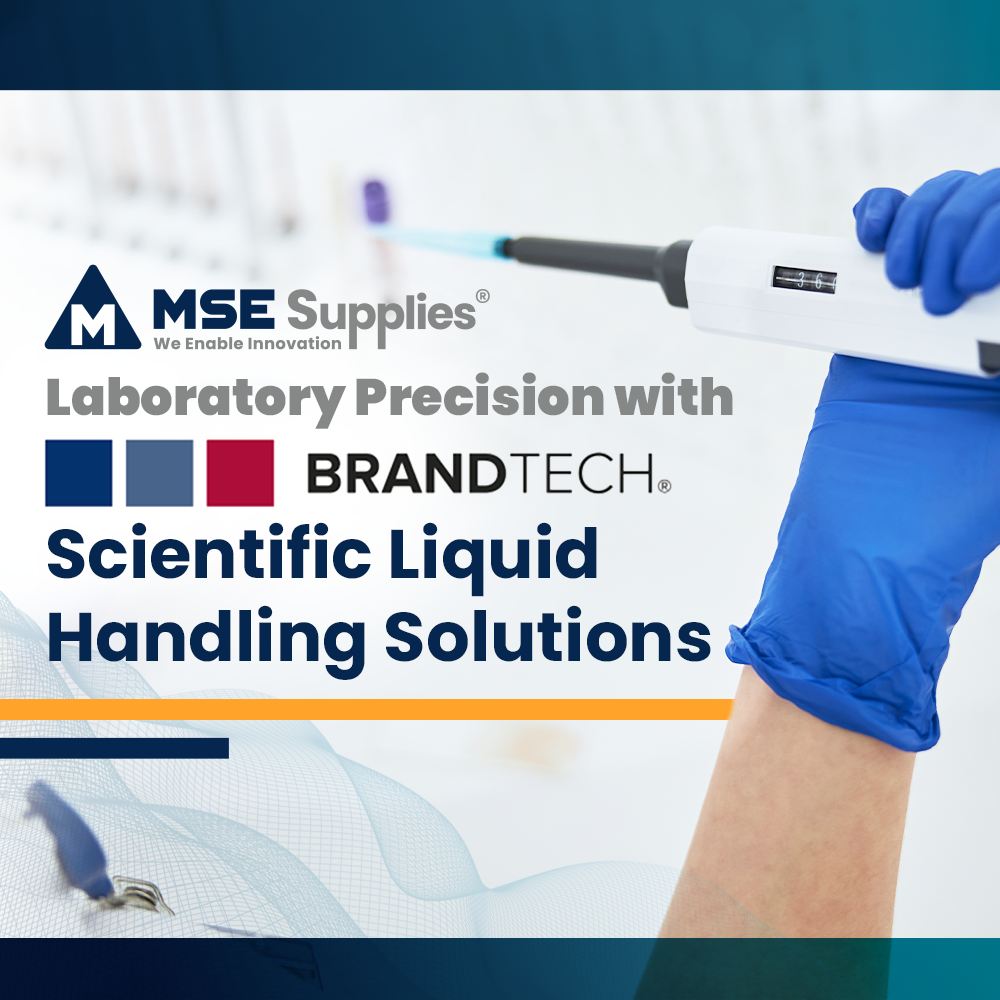Prized Condensation Device: All About Rotary Evaporators
Posted by Marketing Team on

The evolution of the rotary evaporator stands as proof of scientific ingenuity. It started from the Craig-countercurrent extractor used for laboratory solvent removal and sample concentration invented by the young and fresh mind of American biochemist Lyman C. Craig in 1950. The first commercially developed rotary evaporator was called Rotavapor, which was done by Walter Büchi's effort in 1957 and brought the apparatus into mainstream usage across organic and biochemical laboratories globally in the early 1960s.
Initially called a "Laboratory condensation device", the rotary evaporator has various names, from "rotary film evaporator" to the more commonly used "rotavap”. The apparatus redefined solvent removal and concentration processes, where it leverages the synergy of large surface areas within the rotating flask, low ambient pressures from vacuum pumps and controlled heating from water baths, ensuring precision and reproducibility at the same time— but the fundamental function remains; to achieve efficient evaporation of various solutions containing delicate organic and biochemical substances. Craig’s innovation combined with the principle of ratting drums and vacuum evaporators results in a compact and versatile apparatus that continues to help modern laboratory practices and becomes a solid foundation of advancements across diverse scientific disciplines.
General Components of a Rotary Evaporator
- Rotary Motor
- Rotary motor is indeed the main workhorse that drives the constant and uniform rotation of the glass tube which increases liquid surface area and equable mixing and heating through the entire sample to ensure efficient and equable evaporation. This solves the problem regarding unbalanced heat distribution.
- Vacuum Source
- The Vacuum Source is in-charge in creating and maintaining the perfect environment within the rotary evaporator system. Thermal degradation is minimized as we lower the pressure within the device, and the vacuum facilitates the evaporation of solvent at lower temperatures protecting sensitive samples. The choice of vacuum source depends on the requirements of the application, desired evaporation rate and the volume and nature of the sample and it can vary from a basic water aspirator suitable for routine laboratory applications to a mechanical vacuum pump for more demanding analysis.
- Glass Tube (Evaporation Flask)
- The glass tube, the so-called evaporation flask, is the secure holder for the sample to keep the item in its place and not to move during the rotation. Conducted under a vacuum and its cases are transparent, it provides an environment where processes can be easily monitored without the need for interruption. Thus, changes in the appearance and behavior of the sample are easy to detect and observe.
- Heating Bath
- The heating bath at this place is typically a hot water bath which greatly reduces the risk of possible overheating or thermal degradation of the liquid by its constant and controlled temperature. This will provide for the repeatability and precision of distillation procedures, especially maintaining the quality of compounds sensitive to temperature or working with complex mixtures.
- Condenser
- The condenser serves to cool and then condense the vapor solvent, which is released out of the glass tube. Typically double spiral shaped that effectively deal with the vapor of the solvents, getting them back as the liquid form, with easy sample collection.
- Receiving Flask
- As the name suggests, it serves to gather the sample after the evaporation process and it is positioned below the condenser providing easy retrieval.

__
Pivotal Roles of Rotary Evaporators
Rotary evaporators serve various purposes in sample processing and preparation. Here are some key applications of rotary evaporators:
- Solvent Removal- Rotary Evaporators are commonly used to remove solvent, which is its primary function. This operation is done by inserting the solution into the container with its rotating part which is operated under vacuum. The depressed pressure shall lead the boiling point of the solvent to decrease, and finally, evaporation will take place at a temperature below the expected value. This makes it easy to concentrate or isolate specific compounds during the solvent-removal process.
- Concentration- The second application is concentrated from a dilute solution by taking the solution away from the solvent. The technology is found in different areas including intense flavoring of foodstuff or high potency of active ingredients in herbal medicines.
- Purification- It is prevalent in pharmaceuticals, organic synthesis, and in drug development, and a rotary evaporator removes the waste components from the solution, resulting in an ultimate purification of the sample.
- Sample Preparation- R Rotary evaporators help ensure the accuracy and reliability of the analytical techniques that follow, ensuring precise results. It limits the sample volume to a manageable level or does other changes such as liquid to solid phase sample modifications.
- Fractional Distillation- Rotary evaporation with fittings for fractionation columns can be used or the compounds can be separated based on their boiling points allowing each compound to be obtained from the pure mixture.
Innovations and Advancements in Rotary Evaporators
Rotary evaporators have evolved significantly over the years, integrating innovative features and advancements to enhance efficiency, precision, and user experience. Below are some cutting-edge products offered by MSE Supplies showcasing the latest innovations in rotary evaporator technology:
- Heidolph Hei-VAP Industrial - Glassware Set A1C
- Enhanced Safety: Incorporates a high-impact transparent PMMA door and non-fogging safety glass with a metal frame guard hood, providing excellent user protection.
- Improved Visibility: The evaporation flask is illuminated during operation for increased visibility.
- Versatile Heating Bath: Universal heating bath accommodates water or other bath fluids, allowing for temperature settings up to 180 °C.
- Additional Features: Includes integrated refill water system, spillover prevention, release valve at the bottom, and optional Base Cart for maneuverability and storage.
- IKA RV 8 with Dry Ice Condenser Rotary Evaporators
- Safety Features: Manual lift with integrated safety "lift-out-function" and reduced 24 V power requirements enhance user safety.
- Precise Control: Digital displays for rotation speed and heating bath temperature allow optimal control of all distilling processes.
- Ease of Use: The new clamp mechanism simplifies the changing of evaporation flasks, enabling single-hand operation with an ambidextrous design.
- MSE PRO Rotary Evaporator with Electric Flask Lift
- Durability: Solvent-resistant PTFE and Viton gaskets ensure durability, ideal for various industries including research, quality assurance, pharmaceuticals, and biotechnology.
- User-Friendly Operation: Straightforward operation with digital speed and temperature display, accompanied by a specialized motor with low noise and vibration-free operations.
- IKA RV 10 Auto Pro V-C Complete Rotary Evaporators
- Innovative Operation: Flagship model with intuitive operation via a brilliant TFT color graphic display, integrated vacuum controller, and cooling water monitoring.
- Safety Standards: Features motorized lift with 'safety-stop' function, individually adjustable safety temperature circuits, dry run protection, and adjustable end position detection to ensure user safety.
- Enhanced Control: Offers extended programming of ramps for individual processes, soft start, clockwise and anti-clockwise rotation, timer function, and remote control capability via USB or RS-232 interface.

The versatility, precision, and safety qualities of Rotovaps, which ensure effective Solvent-removal, concentration, sample preparation, purification, and fractionation, have made them invaluable assets throughout laboratories and industries, from Craig's visionary invention to current Rotary Evaporators. Leading producers such as Heidolph, IKA and MSE PRO display rotary evaporators developed to satisfy the demands of scientific research and industry applications, ranging from organic synthesis to biotechnology, food and beverage, and pharmaceuticals.
Embrace the power of a rotary evaporator and find the perfect solution for your specific needs. Contact MSE Supplies today, the trusted distributor of leading manufacturers such as MSE PRO, Heidolph and IKA, to discover how rotary evaporators can propel your scientific pursuits to new heights.
Share this post
- Tags: Brands - Heidolph, Brands - IKA, Industry - Agriculture, Industry - Chemistry, Industry - Food & Beverage, Industry - Industrial Process, Industry - Life Sciences, Industry - Medical, Industry - Pharmaceuticals, mse, Products - Laboratory Equipment



